Description
Familiarity with treatment
A chemical peel is a procedure used to improve the appearance and texture of the skin on the face, neck, or hands. It involves the application of a chemical solution to the skin, which causes the outer layers to exfoliate and eventually peel off. The regenerated skin is usually smoother, less wrinkled, and has a more even tone.
There are different types of chemical peels, categorized based on the depth of penetration and the specific concerns they address:
Superficial or Lunchtime Peel: This type of peel uses mild acids like alpha-hydroxy acid (AHA) to gently exfoliate the outermost layer of the skin. It is often used to improve mild skin discoloration, rough texture, and refresh the appearance of the face, neck, chest, or hands.
Medium Peel: Medium-depth peels use acids like trichloroacetic acid (TCA) or glycolic acid to reach the middle and outer layers of the skin. They are more effective in treating damaged skin cells, reducing the appearance of wrinkles, and improving skin texture.
Deep Peel: Deep peels, often using phenol or carbolic acid, penetrate the deeper layers of the skin. They are typically used for severe skin issues like deep lines and wrinkles, pitted acne scars, sun damage, and persistent pigmentation issues. Deep peels can provide dramatic and long-lasting results but may require a longer recovery period and can be more uncomfortable during the procedure.
The choice of chemical peel depends on factors such as the specific skin concerns, desired outcomes, and the individual’s skin type. It is important to consult with a dermatologist or a qualified skincare professional to determine the most suitable type of peel for your needs.
The acids commonly used in chemical peels include:
Glycolic Acid: A type of alpha-hydroxy acid (AHA) derived from sugar cane. It is often used in superficial and medium-depth peels to exfoliate the skin and improve its texture and tone.
Salicylic Acid: A beta-hydroxy acid (BHA) that is effective in treating acne and oily skin. It can penetrate the pores and exfoliate the skin, helping to unclog pores and reduce breakouts.
Trichloroacetic Acid (TCA): A medium-depth peel acid that can address a range of skin concerns, including fine lines, wrinkles, and pigmentation issues.
Lactic Acid: Another type of alpha-hydroxy acid (AHA) that is milder than glycolic acid. It helps to exfoliate the skin and improve its hydration.
Phenol: A powerful peeling agent used in deep peels to address severe skin issues like deep wrinkles and scars. Phenol peels require longer recovery time and are typically performed by experienced professionals.
Who is it suitable for?
Chemical peels can be suitable for a wide range of individuals, but the specific type and strength of the peel will depend on factors such as skin type, concerns, and desired results. Here are some general guidelines on who may benefit from chemical peels:
- Individuals with skin concerns: Chemical peels can address various skin concerns, including fine lines and wrinkles, uneven skin tone and texture, acne and acne scars, sun damage and age spots, hyperpigmentation, and dull skin. If you have any of these concerns, a chemical peel may be suitable for you.
- Different skin types: Chemical peels can be tailored to different skin types, including normal, dry, oily, and combination skin. However, individuals with darker skin tones may be more prone to hyperpigmentation or hypopigmentation after certain types of peels, so it is important to consult with a dermatologist or skincare professional experienced in treating diverse skin types.
- Healthy individuals: Generally, individuals in good overall health without any active skin infections or conditions are suitable candidates for chemical peels. It is important to disclose any medical conditions, allergies, or medications you are taking to your dermatologist before undergoing a chemical peel.
- Those seeking skin rejuvenation: Chemical peels can help rejuvenate the skin by promoting cell turnover and revealing a smoother, more youthful complexion. If you are looking to improve the overall appearance and texture of your skin, a chemical peel may be a suitable option.
- Realistic expectations: It is important to have realistic expectations about the results of a chemical peel. While they can provide noticeable improvements, multiple sessions may be required for optimal results, and individual outcomes may vary.
- Those willing to follow aftercare instructions: Proper aftercare is crucial for the success and safety of a chemical peel. This includes avoiding sun exposure, using gentle skincare products, and following the specific instructions provided by your dermatologist. If you are willing to commit to the necessary aftercare, a chemical peel may be suitable for you.
Who is it not suitable for?
While chemical peels can be beneficial for many individuals, there are certain situations where they may not be suitable. Here are some factors that may make a person not suitable for a chemical peel:
- Active skin infections or conditions: If you have an active skin infection, such as herpes simplex, or a skin condition like eczema, psoriasis, or rosacea, it is generally not recommended to undergo a chemical peel. Chemical peels can potentially worsen these conditions or cause further irritation.
- Recent sunburn or excessive sun exposure: If you have recently experienced a sunburn or have had excessive sun exposure, it is best to wait until your skin has fully healed before considering a chemical peel. Sunburned or sun-damaged skin is more sensitive and may be more prone to adverse reactions from the peel.
- Pregnancy or breastfeeding: The safety of chemical peels during pregnancy or while breastfeeding has not been extensively studied. To err on the side of caution, it is generally recommended to avoid chemical peels during these periods.
- Accutane use: If you have taken the medication isotretinoin (commonly known as Accutane) within the past six to twelve months, it is typically advised to wait until a sufficient amount of time has passed before undergoing a chemical peel. Accutane can make the skin more sensitive and increase the risk of adverse reactions.
- Allergies or sensitivities: If you have known allergies or sensitivities to the ingredients commonly used in chemical peels, such as alpha-hydroxy acids (AHAs), beta-hydroxy acids (BHAs), or phenol, it is important to inform your dermatologist. They can determine if an alternative treatment or a milder peel may be more suitable for you.
- Unrealistic expectations: It is important to have realistic expectations about the results of a chemical peel. While they can provide noticeable improvements, they may not completely eliminate certain skin concerns or achieve the same results for everyone. It is important to discuss your expectations with a dermatologist to ensure they align with what can be realistically achieved.
Advantages
Chemical peels offer several advantages for improving the appearance and texture of the skin. Here are some key advantages of chemical peels:
- Skin rejuvenation: Chemical peels promote skin rejuvenation by exfoliating the outermost layers of the skin. This process stimulates cell turnover, revealing fresher, smoother, and more youthful-looking skin.
- Improved skin tone and texture: Chemical peels can help improve uneven skin tone and texture. They can reduce the appearance of fine lines, wrinkles, acne scars, sun damage, age spots, and hyperpigmentation, resulting in a more even and smoother complexion.
- Increased collagen production: Certain types of chemical peels, such as medium and deep peels, can stimulate collagen production in the deeper layers of the skin. Collagen is a protein that provides structure and elasticity to the skin, leading to firmer and more supple skin over time.
- Customizable treatment options: Chemical peels come in various types and strengths, allowing for customization based on individual skin concerns and goals. Superficial peels are milder and require little to no downtime, while medium and deep peels provide more significant results but may require more downtime for healing.
- Minimal invasiveness: Chemical peels are non-surgical and minimally invasive procedures. They do not require incisions or sutures, making them a less risky and more accessible option compared to surgical procedures.
- Quick procedure: Chemical peels are relatively quick procedures, typically taking 30 minutes to an hour, depending on the type and depth of the peel. This makes them convenient for individuals with busy schedules.
- Versatility: Chemical peels can be performed on various areas of the body, including the face, neck, chest, and hands. They can target specific concerns in different areas, providing comprehensive skin rejuvenation.
- Boosts effectiveness of skincare products: By removing the outer layers of dead skin cells, chemical peels can enhance the penetration and effectiveness of skincare products applied after the treatment. This allows for better absorption of active ingredients and can improve the overall efficacy of your skincare routine.
Complications
While chemical peels are generally safe when performed by a qualified professional, there are potential complications and risks associated with the procedure. It is important to be aware of these potential complications before undergoing a chemical peel. Here are some possible complications:
- Skin irritation and redness: After a chemical peel, it is common to experience temporary skin irritation, redness, and sensitivity. This is usually mild and resolves within a few days to a week. However, in some cases, the irritation and redness may persist or become more severe.
- Swelling: Swelling of the treated area is a common side effect of chemical peels, especially with medium and deep peels. The extent and duration of swelling can vary depending on the depth of the peel and individual healing response.
- Hyperpigmentation or hypopigmentation: Chemical peels can sometimes cause changes in skin pigmentation. Hyperpigmentation refers to darkening of the skin, while hypopigmentation refers to lightening of the skin. These pigment changes are usually temporary but can be more persistent in individuals with darker skin tones.
- Infection: Although rare, there is a risk of infection following a chemical peel. It is important to keep the treated area clean and follow proper aftercare instructions to minimize the risk of infection.
- Scarring: While uncommon, scarring can occur after a chemical peel, particularly with deep peels. Proper wound care and following post-peel instructions can help reduce the risk of scarring.
- Allergic reactions: Some individuals may have allergic reactions to the chemical solution used in the peel. It is important to inform your dermatologist of any known allergies or sensitivities before the procedure.
- Cold sore outbreak: If you have a history of cold sores (oral herpes), a chemical peel can potentially trigger a cold sore outbreak. Your dermatologist may prescribe antiviral medication before the procedure to minimize this risk.
- Unsatisfactory results: While chemical peels can provide significant improvements in skin texture and appearance, individual results may vary. It is important to have realistic expectations and discuss your goals with your dermatologist before the procedure.
Previous care
Before undergoing a chemical peel, it is important to follow certain pre-care instructions to ensure the best possible results and minimize the risk of complications. Here are some common pre-care guidelines for a chemical peel:
- Consultation with a dermatologist: Schedule a consultation with a qualified dermatologist or skincare professional to discuss your skin concerns, medical history, and expectations. They will assess your skin type and determine the most suitable type and strength of chemical peel for your specific needs.
- Avoid sun exposure: Minimize sun exposure and protect your skin from the sun for at least two weeks before the chemical peel. Sunburned or tanned skin is more prone to complications and may affect the effectiveness of the peel.
- Discontinue certain skincare products: Your dermatologist may advise you to stop using certain skincare products or medications that can increase skin sensitivity or interfere with the peel. This may include retinoids, exfoliating agents, and certain acne medications. Follow your dermatologist’s instructions regarding the use of these products.
- Inform your dermatologist: Inform your dermatologist about any allergies, sensitivities, or medical conditions you have, as well as any medications or supplements you are currently taking. This information will help them determine the most appropriate chemical peel for you and minimize the risk of adverse reactions.
- Avoid waxing or hair removal treatments: Avoid waxing, threading, or any other hair removal treatments in the treatment area for at least one week before the chemical peel. These treatments can make the skin more sensitive and increase the risk of irritation.
- Hydrate your skin: Keep your skin well-hydrated in the days leading up to the chemical peel. Moisturize regularly to maintain the skin’s barrier function and improve its resilience.
- Follow specific instructions: Your dermatologist may provide you with specific pre-care instructions based on the type and depth of the chemical peel. Follow these instructions carefully to ensure optimal results and minimize the risk of complications.
Aftercare
Proper aftercare is crucial following a chemical peel to promote healing, minimize complications, and optimize the results. Here are some general aftercare guidelines to follow after a chemical peel:
- Follow post-peel instructions: Your dermatologist or skincare professional will provide you with specific post-peel instructions tailored to your skin type and the type of peel you received. It is important to follow these instructions carefully for the best outcomes.
- Protect your skin from the sun: After a chemical peel, your skin will be more sensitive to the sun. Avoid direct sun exposure and wear a broad-spectrum sunscreen with an SPF of 30 or higher whenever you go outside. Reapply sunscreen every two hours, especially if you are spending time outdoors.
- Avoid picking or peeling the skin: It is normal for the treated skin to peel or flake in the days following a chemical peel. However, it is important to resist the urge to pick or peel off the skin. Let it naturally slough off to avoid scarring or infection.
- Moisturize regularly: Keep your skin well-hydrated by applying a gentle, non-irritating moisturizer as recommended by your dermatologist. Moisturizing helps soothe the skin, reduce dryness, and promote healing.
- Avoid harsh skincare products: For a certain period after the peel, avoid using harsh or abrasive skincare products, such as scrubs, exfoliants, or products containing retinoids or alpha-hydroxy acids (AHAs). Stick to gentle cleansers and moisturizers recommended by your dermatologist.
- Be gentle with your skin: Treat your skin gently during the healing process. Avoid excessive rubbing, scratching, or scrubbing the treated area. Use a soft cloth or your hands when cleansing your face, and pat dry gently with a clean towel.
- Stay hydrated and maintain a healthy lifestyle: Drink plenty of water to stay hydrated, as this can help support the healing process. Additionally, maintain a healthy lifestyle by eating a balanced diet, getting enough sleep, and managing stress, as these factors can contribute to overall skin health.
- Follow-up appointments: Attend any scheduled follow-up appointments with your dermatologist to monitor your progress and address any concerns or questions you may have.
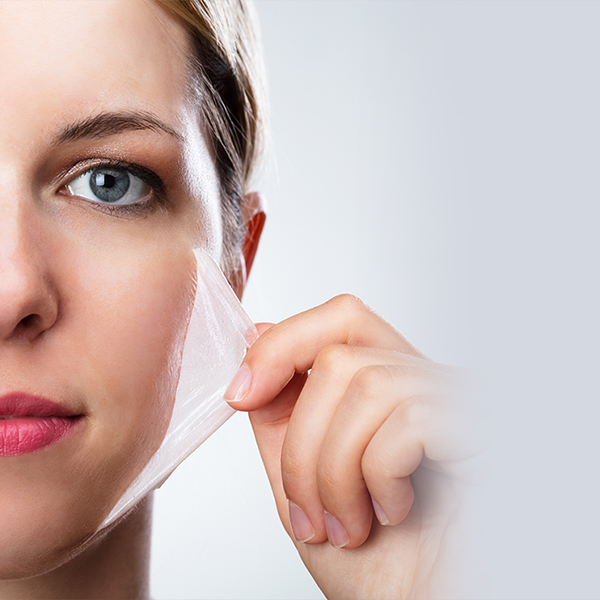
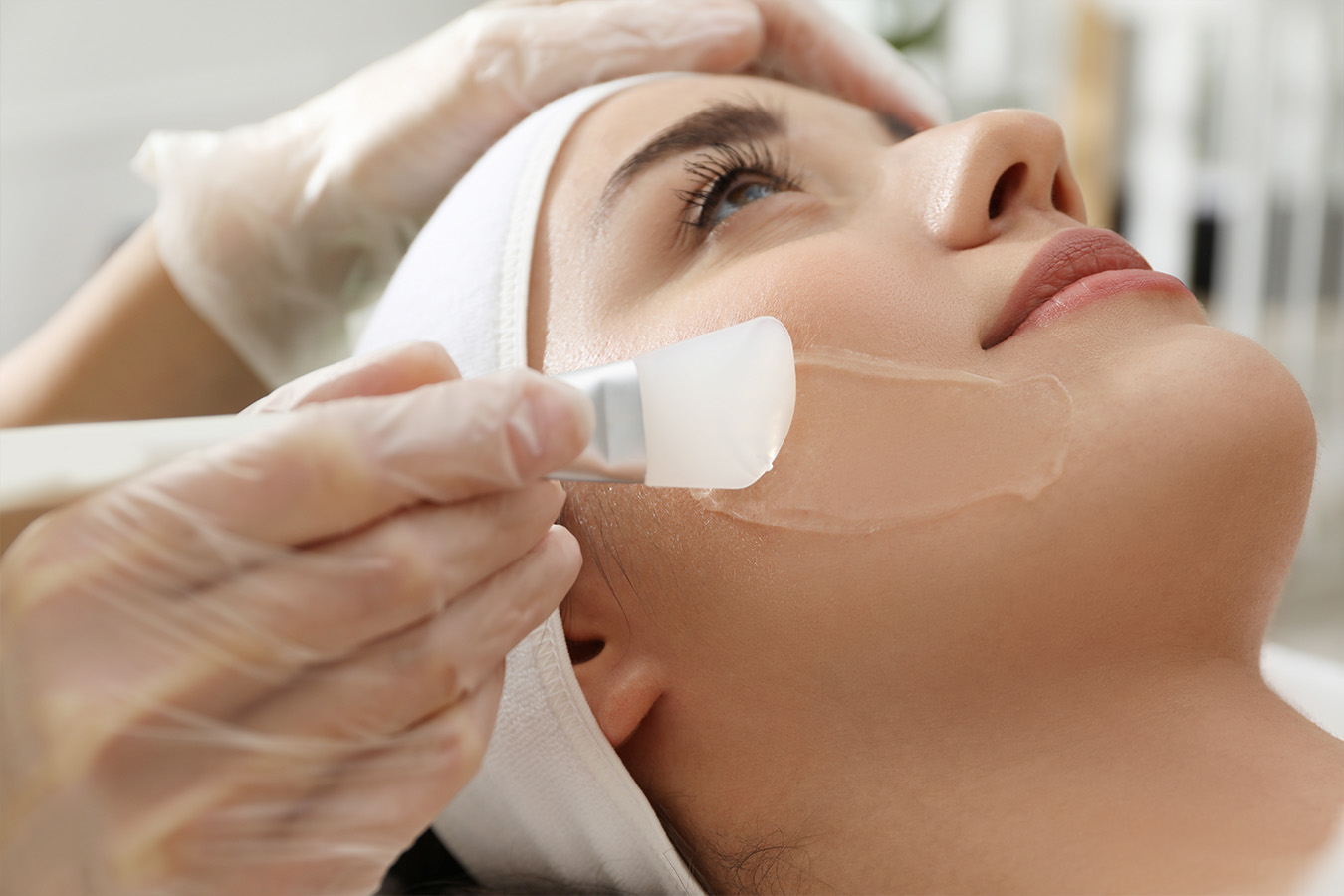
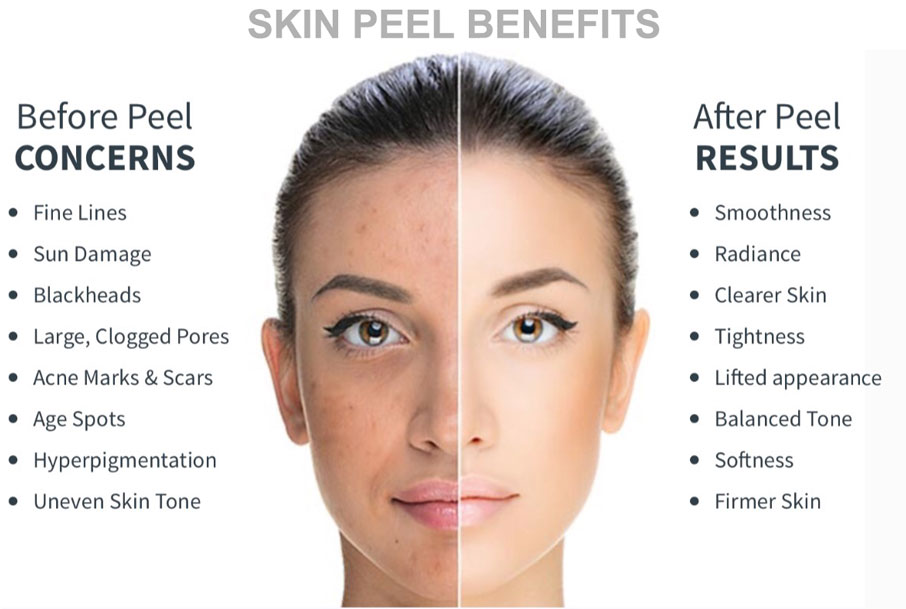
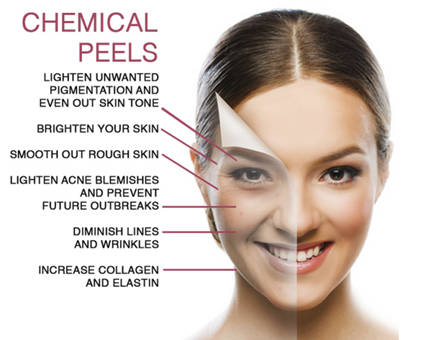
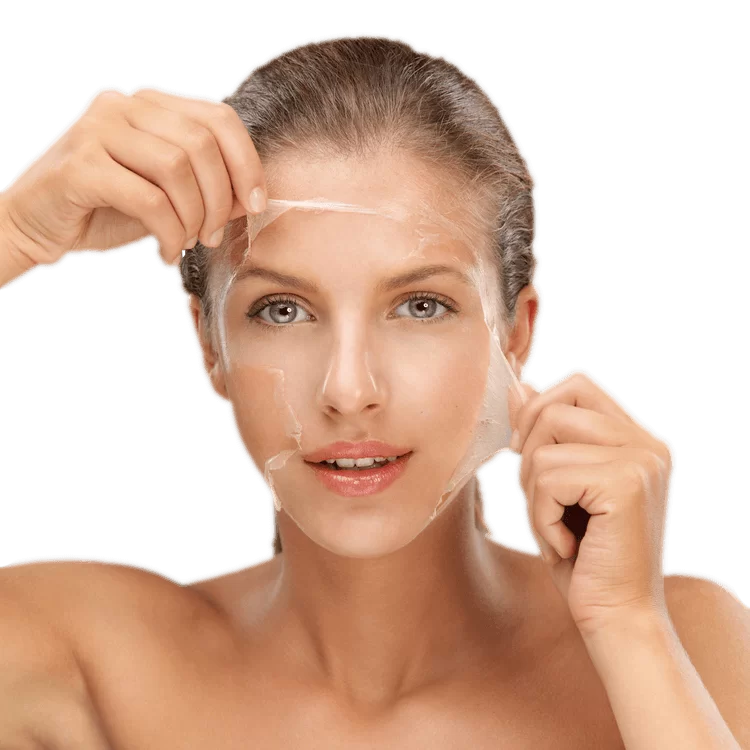
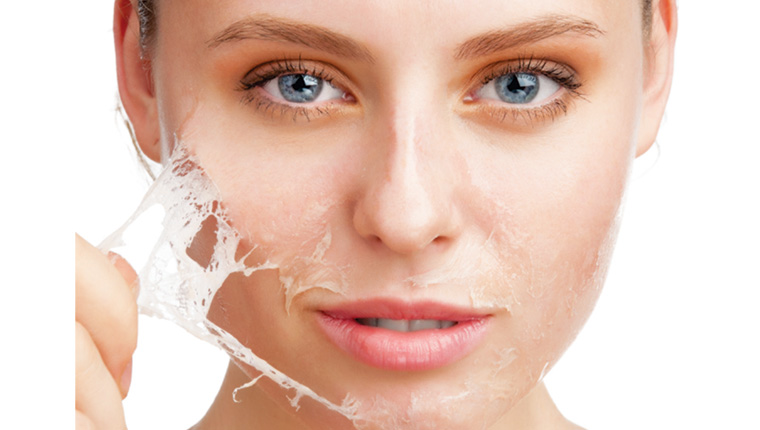
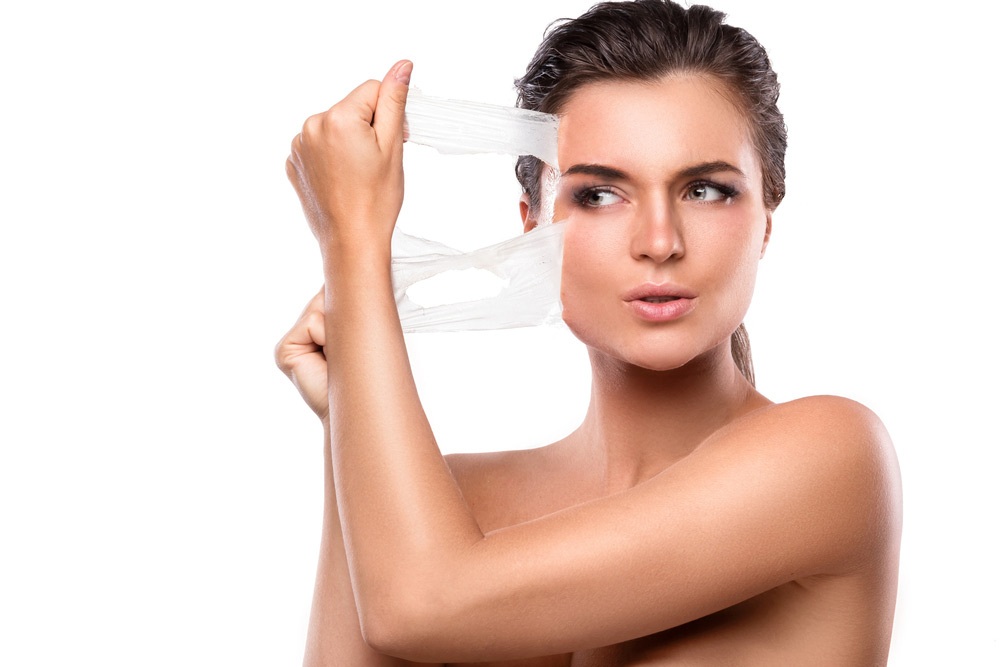
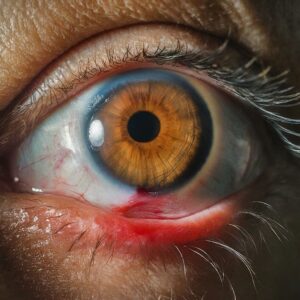





Reviews
There are no reviews yet.